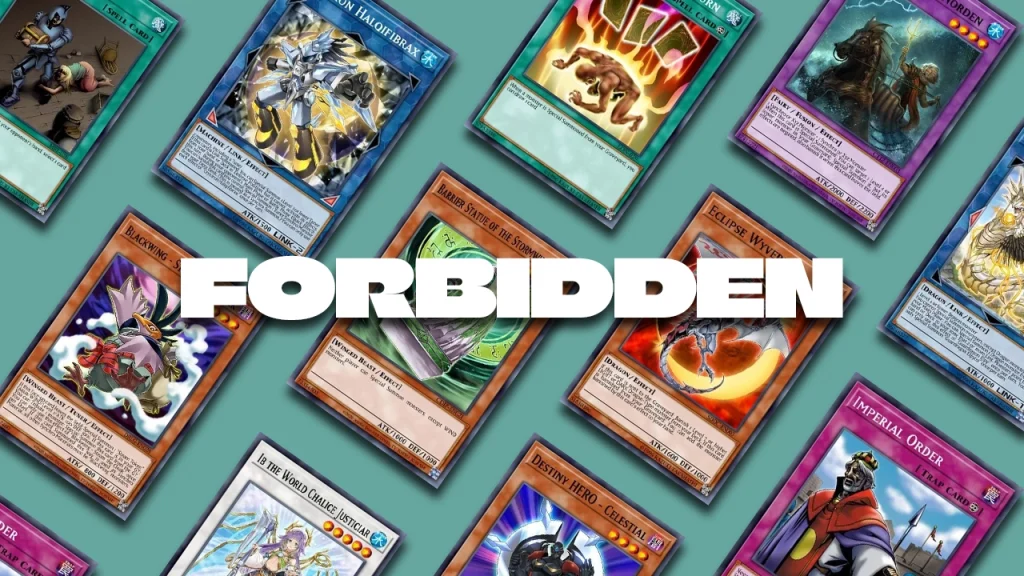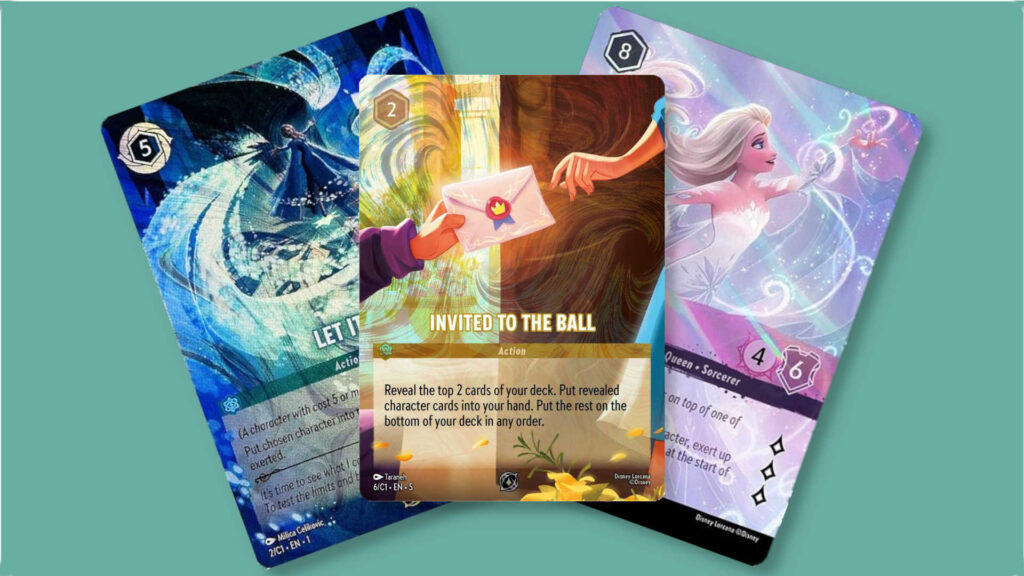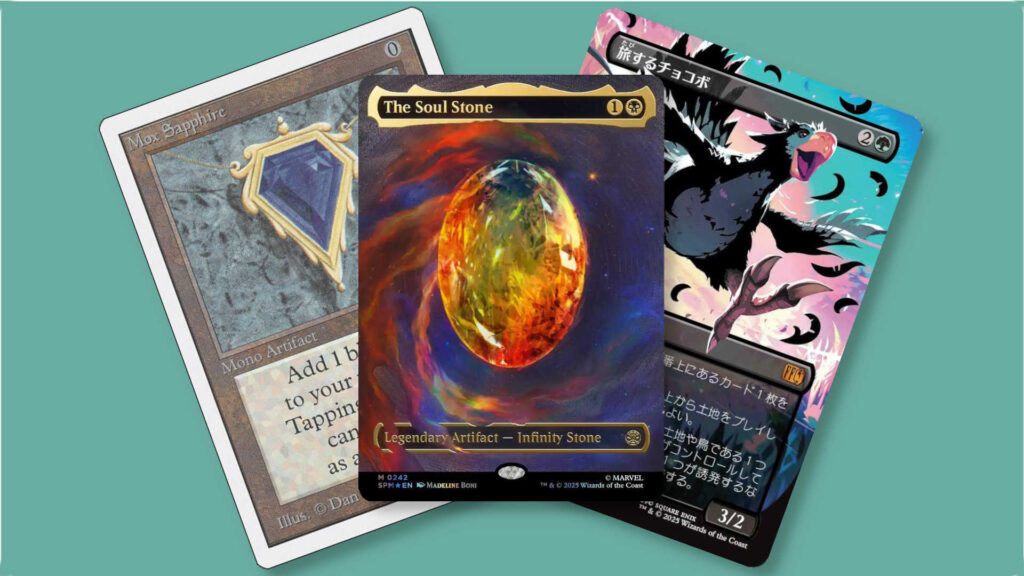Yu-Gi-Oh has a long storied history with different formats and having to ban various cards based on those formats. Sometimes Konami also chooses to limit or semi-limit cards, making sure to restrict the number of cards that you can have in your deck of any one type.
The issue is, they never explain these bans. Konami doesn’t come out and say WHY they’ve banned or semi-limited these cards for some reason, and that’s where we’re going to come in.
We’re actually going to break down each of these cards, give you the reason why they’re on the forbidden and limited list and hopefully help you understand the situation a little better.
This list will be updated as the ban list is updated, so be sure to check back!
Table of Contents
ToggleAmazoness Archer
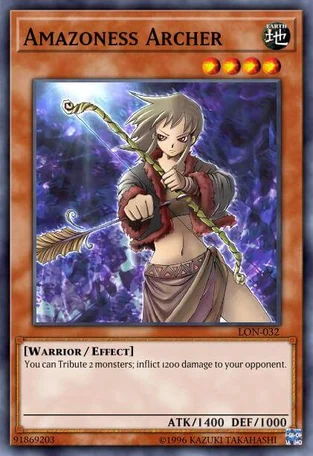
Amazoness Archer is banned because it’s a pretty easy way to cause an OTK (one-turn-kill). The card reads ‘You can tribute 2 monsters, inflict 1200 damage to your opponent’, and with enough preparation you can just outright kill them without lifting a finger.
Barrier Statue Of The Stormwind
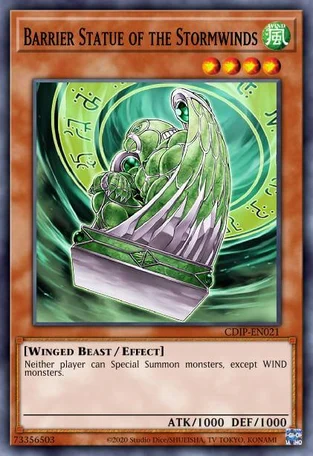
This card was banned specifically because it’s a really good floodgate in Floowandereze decks, and causes extremely unfair match-ups in which an opposing player can’t actually do anything.
Card Of Safe Return
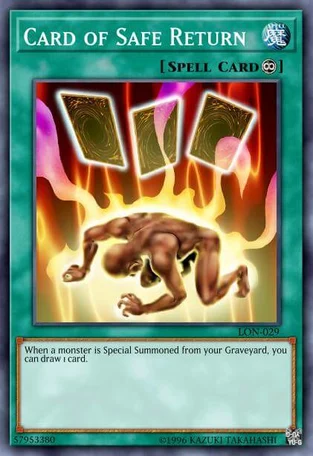
Card of Safe Return was banned due to the fact it allows you to draw one card from your deck every time you special summon from the graveyard. In a game where the graveyard has become a second deck, it’s a way to get infinite cards into your hand.
Cannon Soldier MK-2
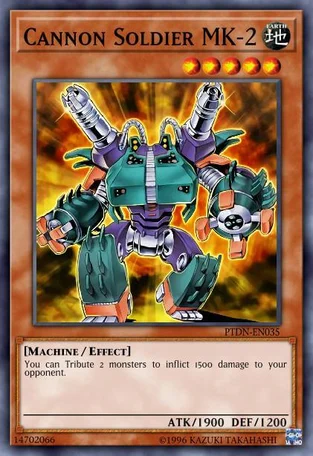
This is banned for the same reason as Amazoness Archer. It can tribute two monsters to inflict 1500 damage on your opponent, making it extremely easy to blow out your opponent’s entire game plan.
Blackwing- Steam The Cloak

This card is banned thanks to the existence of Link Summoning as a mechanic. Owing specifically to the fact that Steam The Cloak is a recursive monster that also summons a token, it can facilitate an extremely easy Link 3 strategy.
Cannon Soldier
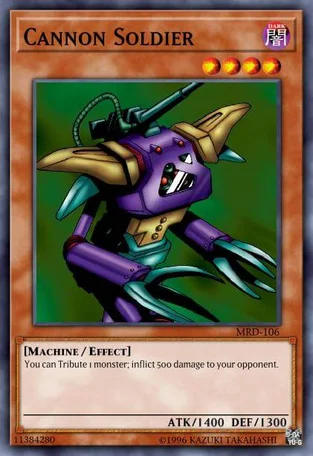
This card facilitates an easy OTK strategy. Akin to Cannon Soldier MK-2 and Toon Cannon Soldier, it does burn damage based on tributing monsters, and in modern Yu-Gi-Oh, a game predicated on the existence of power creep (printing more and more powerful cards to entice potential sales), it’s incredibly easy to actually summon monsters to your side of the field.
Butterfly Dagger- Elma
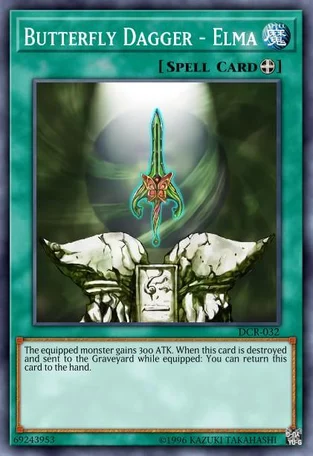
This one is slightly more complicated than the others on the list so far. Basically, Butterfly Dagger- Elma helps to cause an infinite loop. If you can manage to have this card in your hand, Royal Magical Library on the field, AND Gearfried The Iron Knight on the field, you’re able to infinitely recur this card to your hand using the effect of itself and Gearfried The Iron Knight.
This also means infinite spell counters on Royal Magical Library, which means an infinite amount of draw power, which can result in all manner of OTK strategies (the primary example being Exodia).
Confiscation
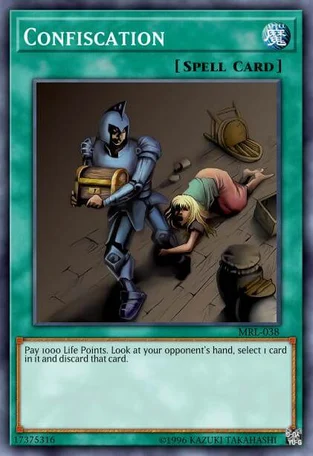
Confiscation gives you knowledge of your opponent’s hand AND removes a card from their hand, which in Yu-Gi-Oh is simply considered too powerful in most cases (which you’ll see as a recurring theme through this list).
Cryston Halqifibrax
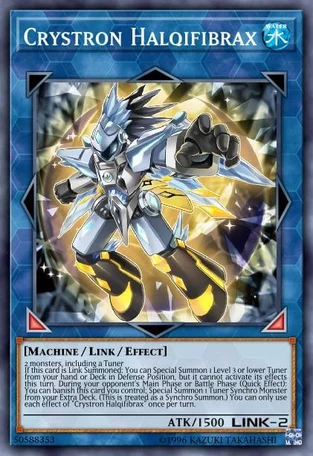
Crystron Halqifibrax is generic. This basically means that it’s extremely easy for any deck to summon, and it also helps to make it VERY easy to summon any synchro monster and any link-3 monster.
Thanks to various different experiments since release, people managed to find multiple lines that broke the card, leading to it being banned.
Blackwing- Gofu The Vague Shadow
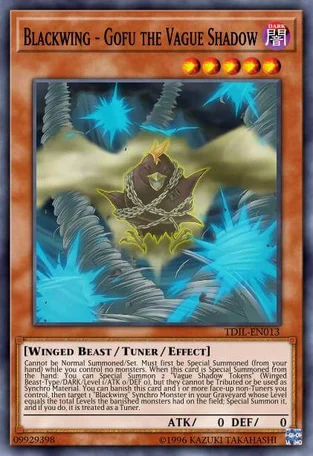
Blackwing- Gofu The Vague Shadow is banned for the same reason Steam The Cloak is. It allows for extremely easy access to any generic link-3 monster.
Cold Wave
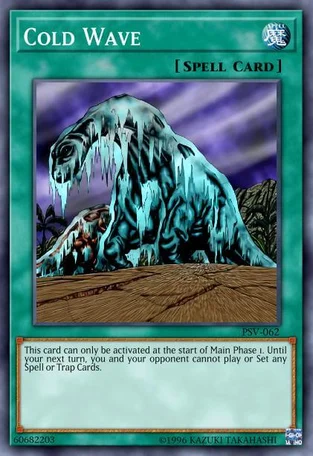
Cold Wave is banned because it is not only a floodgate, but it’s THE floodgate. It prevents both you and your opponent from using ANY spell or trap cards at all, completely annihilating certain decks and making victory all but assured.
Cyber Jar
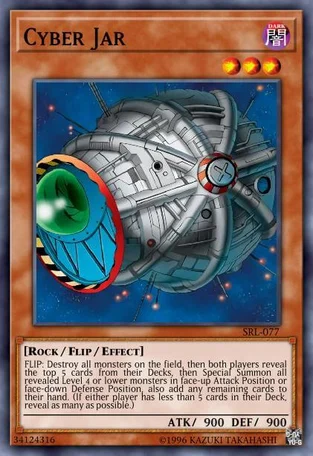
Cyber Jar is banned due to the blowout nature of the card. It completely rids the field of monsters, then allows each player to reveal the top five cards of their deck before special summoning all level 4 or lower monsters and sending other cards to the graveyard.
In a game where many cards have graveyard effects, and in which on-summon effects are very common, you can imagine why this is so broken.
Dandylion
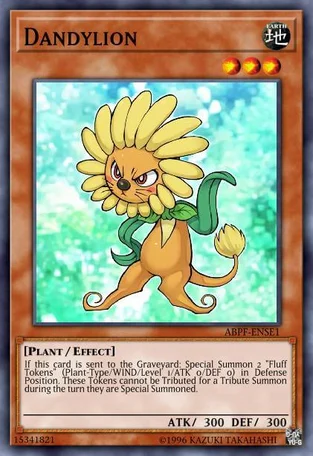
Dandylion is banned for the same reason as Gofu The Vague Shadow and Steam The Cloak. It’s an easy way to get tokens onto the field for link material and only have to go to the graveyard (by any means) to do so.
Delinquent Duo
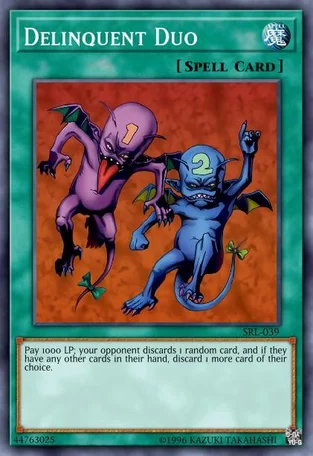
This is banned for the same reason as Confiscation: it gives you knowledge of your opponent’s hand and allows you to rip cards out of their hand.
Djinn Releaser Of Rituals
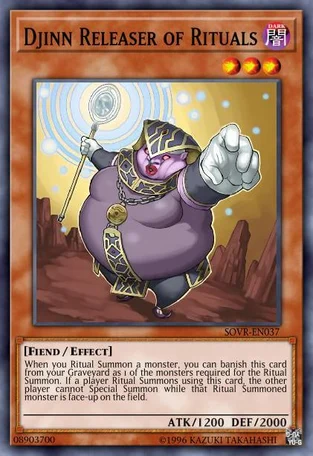
Dijin Releaser Of Rituals serves as a floodgate and as a useful material for Ritual decks, serving as a way to easily ritual summon.
If you ritual summon using it then your opponent is also prevented from special summoning at all, shutting down a large majority of decks.
Divine Sword- Phoenix Blade
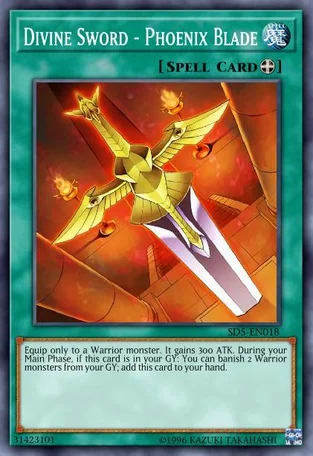
Divine Sword- Phoenix Blade is banned due to the fact that it’s an infinitely recurring material. This means it can always be used as discard fodder or as material for some other strategy, and you’ll always be able to use it.
Destiny Hero – Celestial
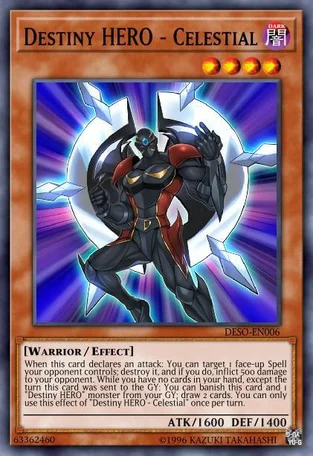
Destiny Hero – Celestial is a +2. This means that it gives you two additional cards in your hand at the loss of no other real resources, and it’s incredibly easy to get into the graveyard.
Eclipse Wyvern
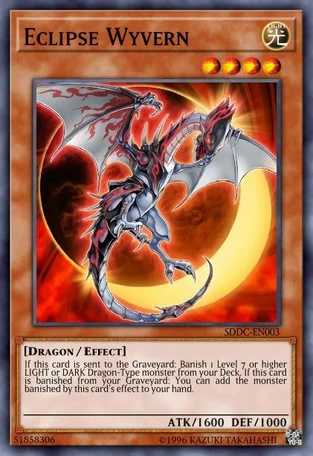
An old format in Yu-Gi-Oh was known as the ‘Dragon Ruler’ format, and it was so incredibly powerful owing in part to the fact it could easily abuse Eclipse Wyvern by using it as cost for the Dragon Ruler summoning requirements.
This also meant that players could easily search for whatever card they wanted and add it to their hand, further increasing combo lines.
Elder Entity Norden
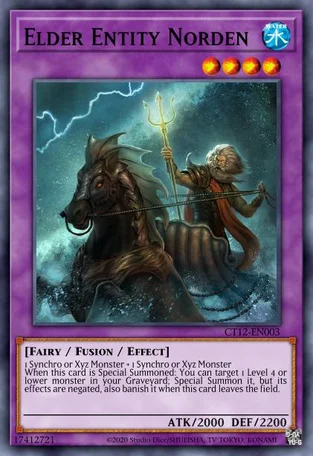
Elder Entity Norden is a one-card Rank 4 XYZ owing to the effect that allows it to special summon a level four monster from your graveyard on special summon.
Instant Fusion makes this card extremely easy to summon as the cost of a measly 1000 LP too.
Fishborg Blaster

Fisborg Blaster is banned due to being an easily accessible tuner, and also due to being pretty easy to recur from the graveyard.
Fiber Jar

Fiber Jar completely resets the game, and it’s banned due to this. It resets the hand, field, and graveyard and gives each player five cards in their hand.
Gandora-X The Dragon Of Demolition
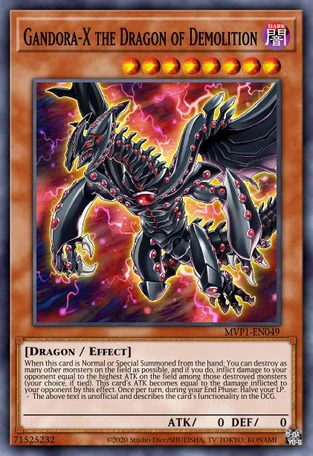
Gandora-X: The Dragon Of Destruction is banned due to the fact that Yu-Gi-Oh Master Duel uses the OCG versions of card effects, which means that this card doesn’t deal damage based on the original attack, it deals damage based on the current attack.
This easily leads to an FTK.
Glow-Up Bulb
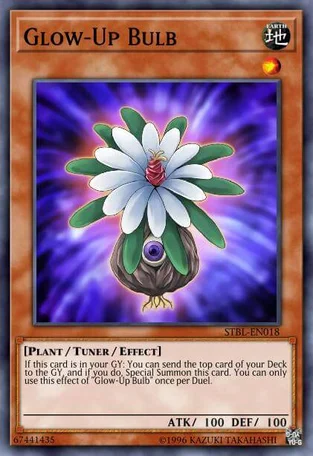
Glow-Up Bulb is another graveyard tuner that recurs itself, leading to easy access to synchro summons and link summons. It’s banned due to that spam potential.
Giant Trunade
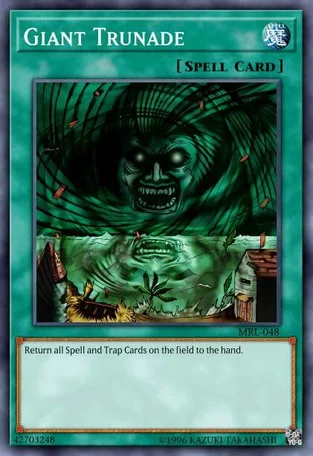
Giant Trunade is another card that causes a blowout, returning all spells and traps to the hand. This means that you can basically stop your opponent from responding to your plays by getting rid of their back row entirely, and can also reset certain cards such as Call Of The Haunted so you can reuse them over and over again.
Ib The World Chalice Justiciar
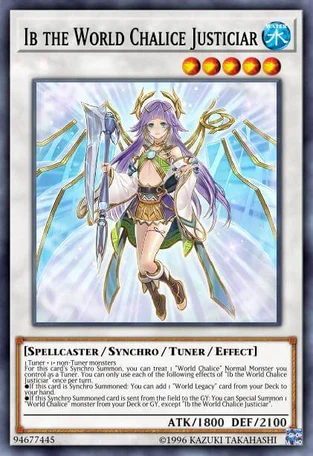
Ib The World Chalice Justiciar facilitated a strategy known as the ‘Guardragon Stategy’, and was extremely easy to summon thanks to the conditions written on the card itself.
The card also searches a whole host of powerful cards since t can add any World Chalice card to your hand.
Guardragon Agarpain
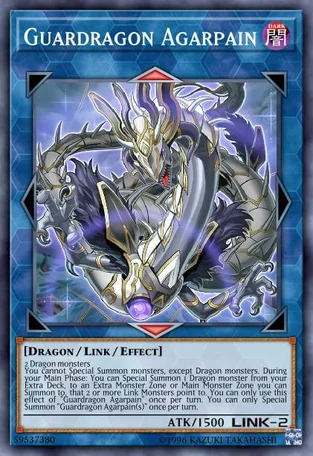
Guardragon Agarpain is banned for the same reason as several link monsters: it’s generic, easy to summon, and has an absolutely insane effect.
It can summon ANY Dragon Monster from the Extra Deck, which includes several cards that can stop your opponent from playing Yu-Gi-Oh at all.
Heavy Storm
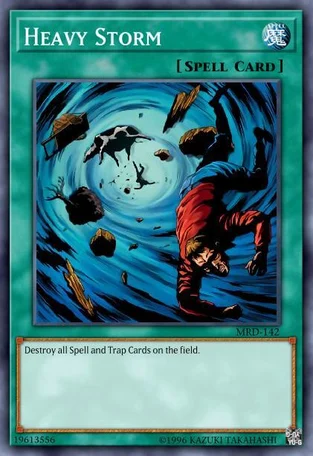
Heavy Storm destroys all spell and trap cards on the field. The reason that this is banned but Harpie’s Feather Duster isn’t banned is because the card also destroys your spell and trap cards.
Some spell and trap cards have effects that activate upon destruction that give you card advantage, or advantage on the field, and can be activated by this card.
Graceful Charity
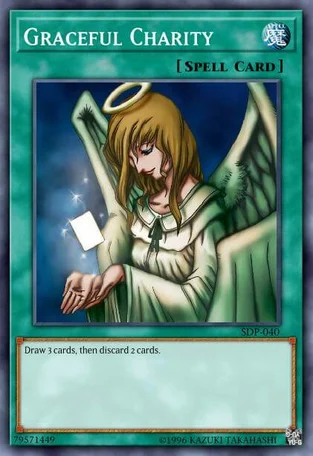
Graceful Charity allows you to draw three cards and discard two to the graveyard.
This allows you to set up your graveyard and get whatever cards you want into your hand.
Guardragon Elpy
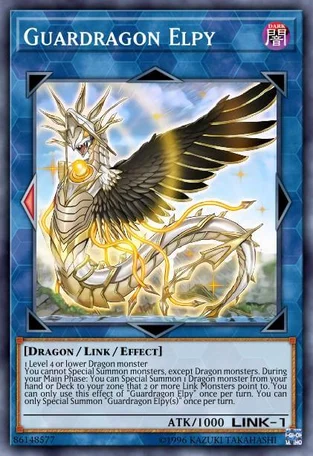
Guardragon Elpy is banned for a similar reason to Guardragon Agarpain. It’s extremely easy to summon Link-1 that also special summons any Dragon monster from your hand and deck, allowing for further combos and plays.
Grinder Golem
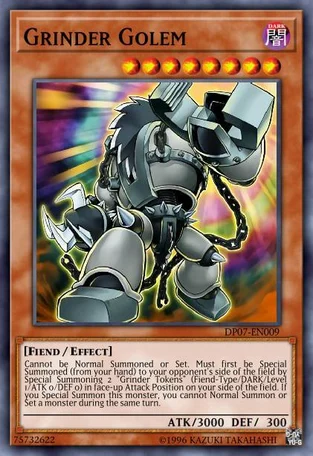
Grinder Golem is banned due to the fact that it gives tokens to the user by summoning itself to your opponent’s side of the field. This, like several other cards on the list, helps various different link spam strategies.
Imperial Order
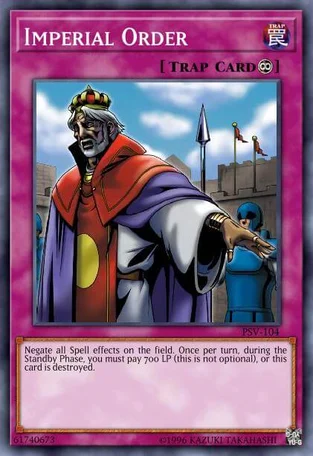
Imperial Order is banned because it turns off all spells in the game and is simply put, broken. Spell cards tend to be the more powerful cards in the game, and getting rid of them completely stops a whole bunch of strategies, sometimes leading to basically instant game losses.
Magical Explosion
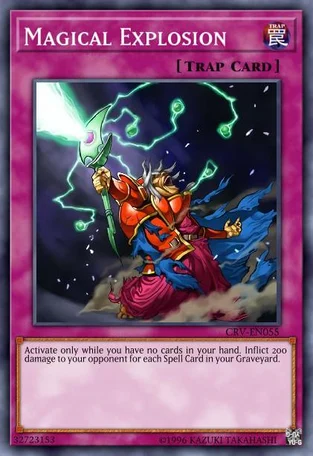
Magical Explosion facilities an OTK in which you mill your entire deck to the graveyard through either Reasoning or Monster Gate, and then find a way to activate this card to deal a whole host of damage to your opponent.
Knightmare Goblin
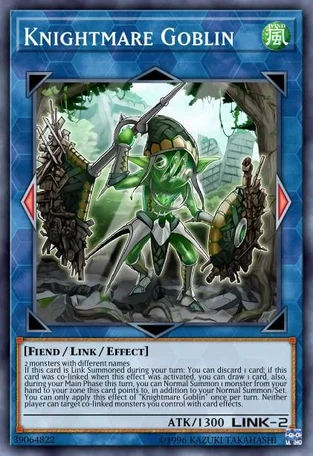
Knightmare Goblin is a generic Link-2 monster that allows an extra normal summon, which tends to always lead to an incredibly broken strategy when it comes to Yu-Gi-Oh.
Magical Scientist

Magical Scientist is banned due to multiple different reasons. It’s easy to get out thanks to the existence of cards like One for One, and then the cost on the card itself is a measly 1000 LP, which, as you quickly learn in Yu-Gi-Oh, isn’t a lot.
It can special summon any level 6 or lower fusion monster from your extra deck, which means it can facilitate OTK strategies.
That’s not all it does though, as it’s also able to cause massive amounts of Link spam, Synchro spam, or XYZ spam depending on the monsters that you choose to summon with the effect.
Knightmare Mermaid
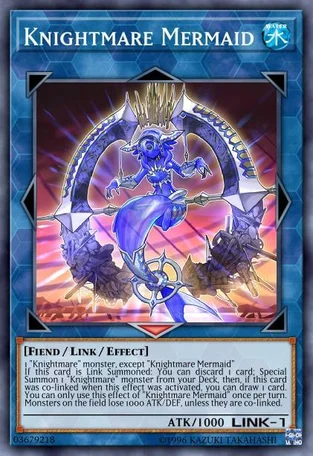
Knightmare Mermaid is banned not because of its sins, but due to the sins of another Knightmare card. Knightmare Corruptor Iblee special summons itself to your opponent’s side of the field, and prevents the controller of the card from special summoning anything other than Link monsters.
This means that, unless they happen to have a Link-1 in their deck, they cannot special summon monsters at all.
Life Equalizer
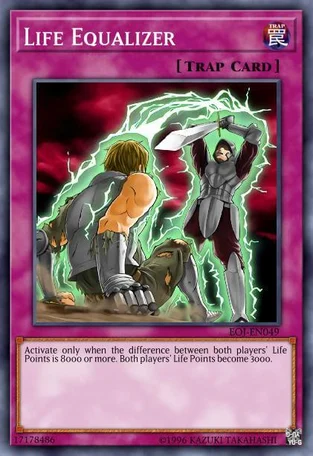
Life Equalizer is banned due to OTK strategies that involve whittling down either your life points or your opponent’s life points.
Linkross
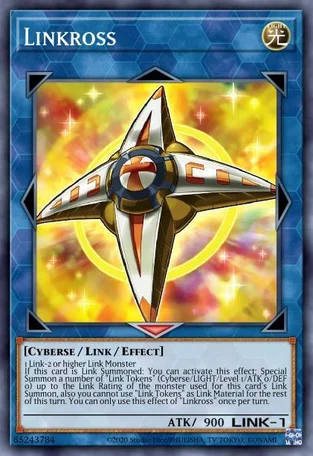
Linkross has been banned thanks to being a token spam card, but not for the same reasons as other token spam cards. It summons a number of tokens up to the Link rating of the card used to summon Linkross, and these tokens cannot be used as Link material, but can still be used as Synchro material.
This means that you can summon multiple level 1 tokens and use them to bring out a much bigger monster that can interrupt your opponent’s gameplay.
M-X Saber Invoker
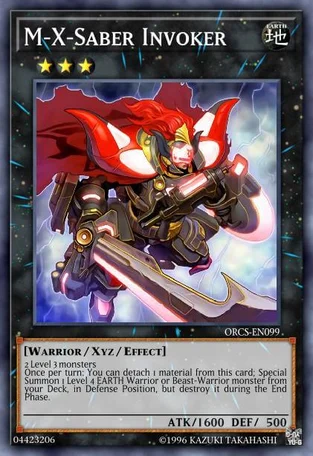
M-X Saber Invoker has been banned thanks to an archetype known as the ‘Zoodiac’ archetype. This archetype was able to make M-X Saber Invoker with ease, using the effect of Invoker to bring out a Zoodiac monster and cause some insufferable matches thanks to how easy the card was to make.
Last Will
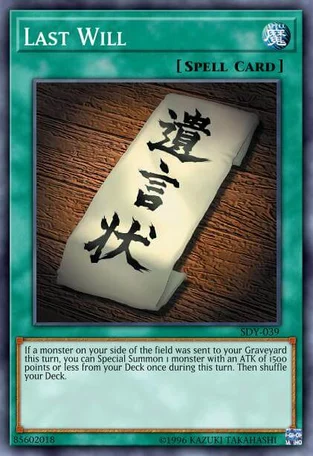
Last Will is banned due to the fact that a lot of monsters with less than 1500 ATK also have great on-summon effects. It’s also a nightmare for rulings, as nowhere on the card does it specify WHEN you have to summon a monster from your deck, meaning you can really do it at any time during your turn.
Level Eater
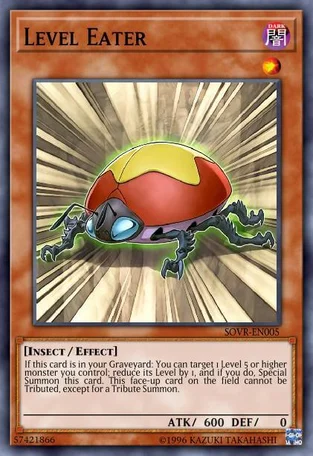
Level Eater is the ultimate recursive card. It can ALWAYS come back, meaning that you can always have synchro material or link material on your side of the field, leading to some wild combos.
Last Turn
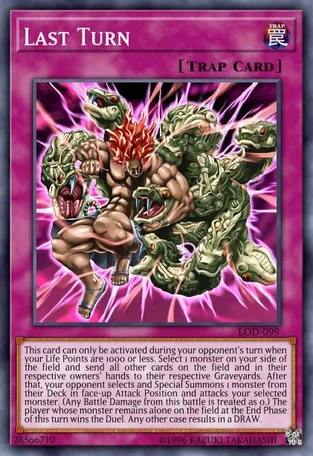
Last Turn is a game-ending card. These cards are usually banned in Yu-Gi-Oh as they encourage unfair sportsmanship, but Last Turn specifically is also banned due to the list of ruling decisions it has next to the card.
Trying to decide exactly how this card functions is a nightmare and can lead to long, drawn-out discussions on the effect of the card itself. Konami decided that it would be easier to ban the card than decide what it does.
Lavalal Chain
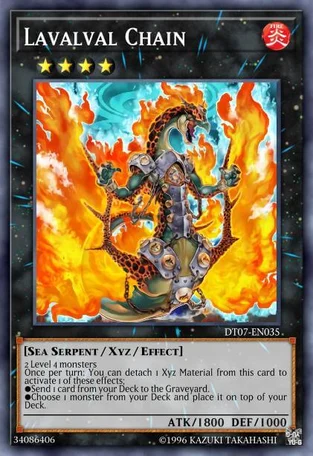
Cards that can send other cards to the graveyard tend to become overpowered extremely quickly. Laval Chain is no different, finding a home in the Infernity archetype to create something absolutely terrifying, and in the modern era of powerful graveyard cards, it’s one that will likely stay on the banlist for the foreseeable future.
Mirage Of Nightmare
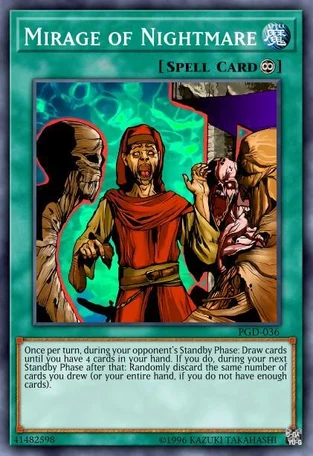
Mirage of Nightmare allows you to draw a whole bunch of cards and as we’ve already established, card advantage is everything in Yu-Gi-Oh. You’ll see a running theme of cards specifically being banned due to the fact they allow you to draw without any real drawback throughout this list.
Mystic Mine
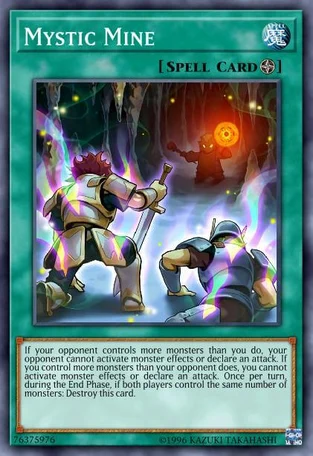
Mystic Mine. Where to start with Mystic Mine. It’s one of the most infuriating cards in recent Yu-Gi-Oh history, basically serving as a card that exists in order to stop your opponent from playing Yu-Gi-Oh.
You do all of your plays, and then you stop your opponent from playing, which makes this a card ripe for banning.
Mass Driver
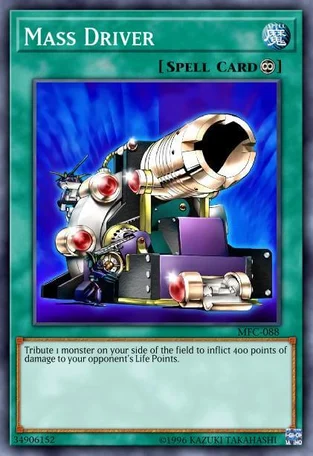
Similar to Amazoness Archer, this card facilitates an OTK loop. Just keep summoning monsters, then tribute the monsters to inflict 400 points of damage to your opponent.
Master Peace The True Dracoslaying King
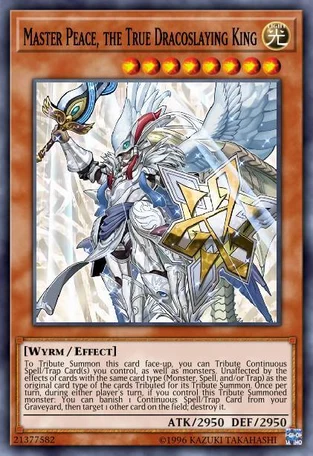
Master Peace The True Dracoslaying King is a double threat in terms of effects. It has an effect that allows you to destroy a card on your opponent’s turn, and it has an effect that allows you to tribute continuous spells or trap cards to summon it, in addition to Monster cards.
Whichever two of the three that you tribute it causes Master Peace The True Dracoslaying King to be unaffected by that type of card, leading to situations where you simply can’t get rid of the card.
Majespecter Unicorn – Kirin

Majespecter Unicorn- Kirin allows you to return a monster to your opponent’s hand at any time, and can’t be destroyed by card effects. Pretty obvious why this one was banned.
Metamorphosis
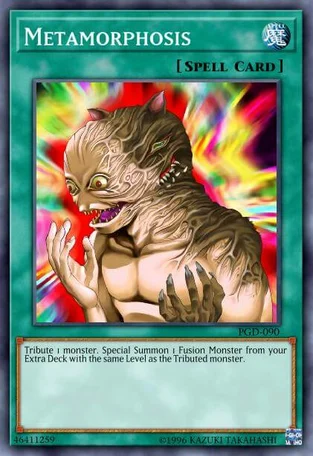
Metamorphosis allows you to summon basically any fusion monster from your extra deck at the cost of tributing one monster with the same level.
As you can imagine, there are some pretty ridiculously powerful fusion monsters that this can bring out that Konami absolutely does not want you to summon off this card, so they banned it.
Number 16: Shock Master
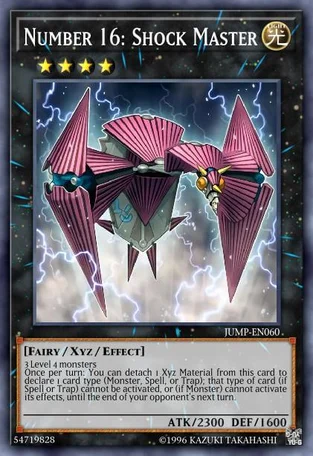
Number 16: Shock Master is an easily accessible XYZ monster that can completely lock your opponent of any of the three types of card. As we’ve previously established, this kind of power is just impossible to overcome (and will be a theme for a few more cards on this list).
Mind Master
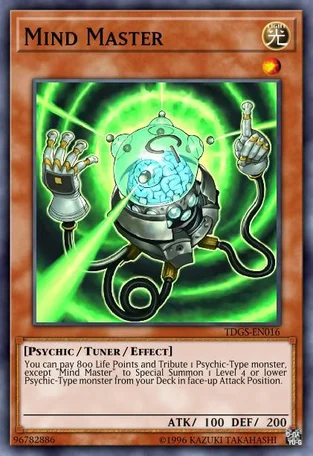
Mind Master is a card that can summon any level four or lower Psychic-Type monster at the low cost of tributing one Psychic-Type monster.
As you can imagine, not only is this abusable thanks to not being a once-per-turn clause, but it’s also abusable with cards that change the typing of cards.
Number 75: Bamboozling Gossip Shadow
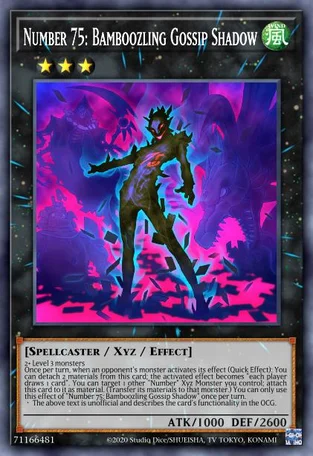
Number 75: Bamboozling Gossip Shadow is another unfortunate example of a card banned not for the sins of itself, but for the sins of another card. Bamboozling Gossip Shadow can attach itself to any ‘Number’ monster as material, along with any materials that Gossip Shadow itself had.
This in conjunction with a card known as ‘Heroic Champion Rhongomyniad’ causes a situation where your opponent simply cannot do ANYTHING.
Number S0: Utopic Zexal
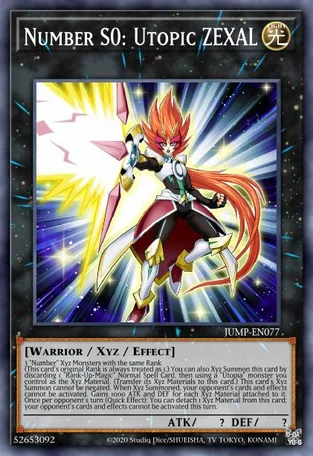
Number S0: Utopic Zexal is exactly the same as Shock Master in that it’s extremely easy to summon XYZ monster that also causes your opponent to just not be able to play the game at all.
If that wasn’t bad enough, it can last up to three turns thanks to the summoning requirement of the card being 3 monsters, and the cost of the effect being a measly one XYZ material.
Outer Entity Azathot
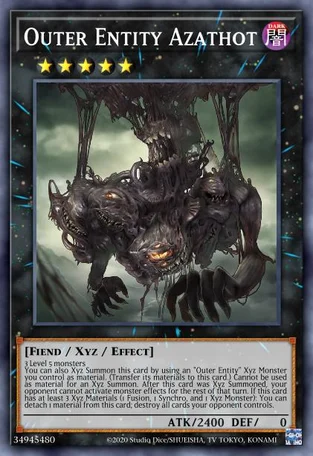
Outer Entity Azathot is banned due to how easy it is to turn any dark-type monster into a rank 4 XYZ before using a rank-up card to make this card. It completely prevents your opponent from activating monster effects for the entire turn that it was summoned, hence the ban.
Painful Choice

Painful Choice adds any one card to your hand from your deck and sends four other cards from your deck to your graveyard. Hopefully, at this point, you can understand why that is so broken.
Pot Of Greed
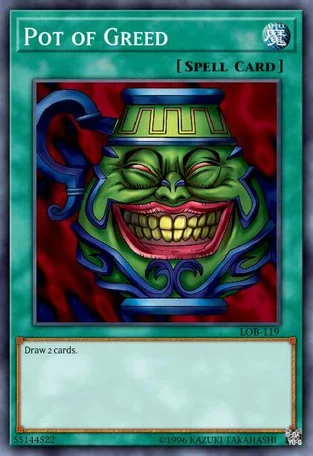
What can I really say other than its Pot of Greed? One of the most famous cards in Yu-Gi-Oh history, it allows you to draw two cards from your deck without any drawback whatsoever.
Later versions of this card would all come with a drawback you’re required to pay before you draw any cards, but Pot of Greed itself is still far too powerful to ever be unbanned.
Number 95: Galaxy-Eyes Dark Matter Dragon
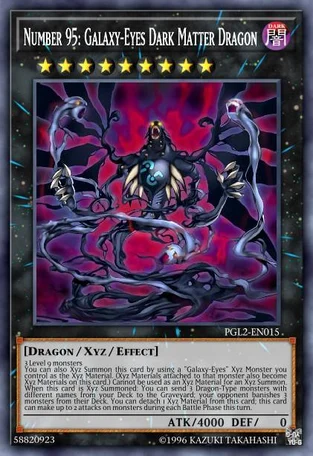
Number 95: Galaxy-Eyes Dark Matter Dragon is a fairly easy monster to summon for any deck that can make a Galaxy-Eyes monster, and sends any three dragon-type monsters from your deck to the graveyard before banishing three monsters from your opponent’s deck.
It’s not the banishing effect that makes this so powerful though, it’s the fact that you can set up your graveyard for future plays using it.
Performage Plushfire
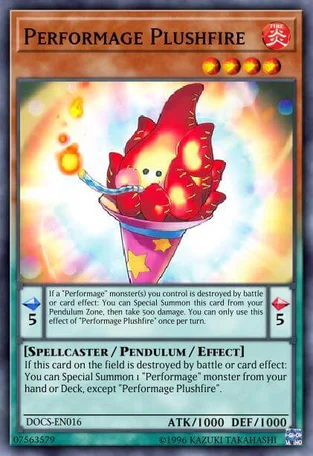
Performage Plushfire wasn’t banned based on the card alone but based on the strength of a deck known as ‘PePe’, which was a tier 1 deck that was the meta for a long time.
Performapal Monkeyboard
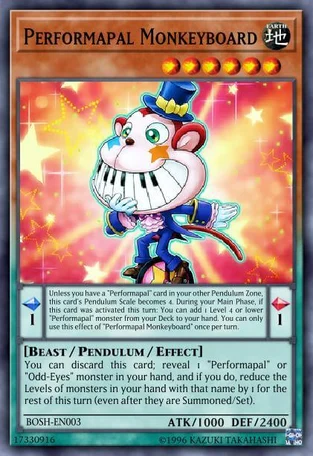
Similar to Plushfire, Perfomapal Monkeyboard is ALSO banned due to the PePe format. Tier 1 and Tier 0 decks always tend to get absolutely destroyed by banlists (in fact, the PePe format was banned in an emergency ban list).
Premature Burial
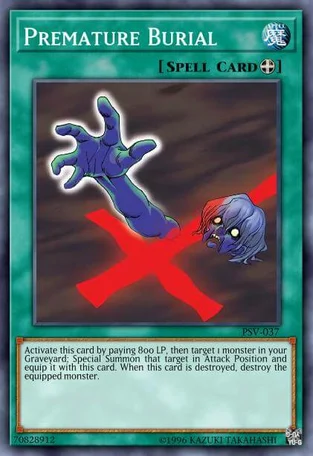
Premature Burial was, rather interestingly, legal for quite a while, and was banned due to how easy it became to return the card from your field to your hand and reuse it repeatedly.
Phoenixian Cluster Amaryllis
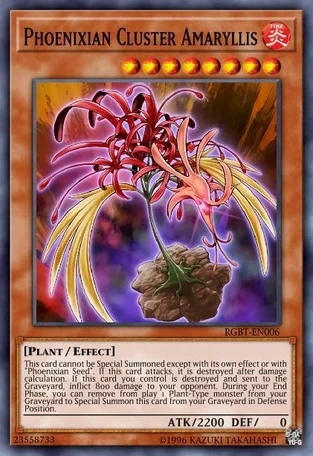
Through an OTK combo strategy that is far too long-winded to really get into right now, Phoenixian Cluster Amaryllis is able to burn your opponent for their entire life points.
The main issue with this card is the fact that the effect it has to special summon itself from the Graveyard isn’t a once-per-turn effect, meaning all you need to do is find a way to destroy it repeatedly and have enough plant monsters in your graveyard and you’ve immediately got a game-winning strategy.
Return From The Different Dimension
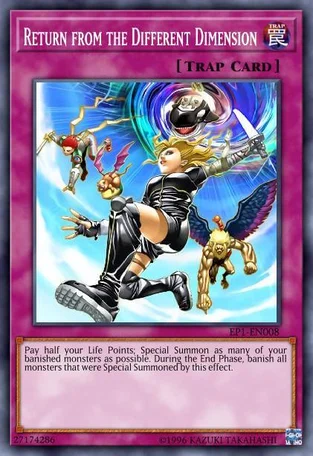
It’s so easy to banish specific cards in Yu-Gi-Oh and with Return From The Different DImension you can bring them all back and swarm the field, thus giving you an unfair advantage over your opponent.
Of course, your opponent also brings back all of their banished monsters, but that doesn’t really matter if you find a way to activate this without them ever banishing a card.
Red-Eyes Dark Dragoon
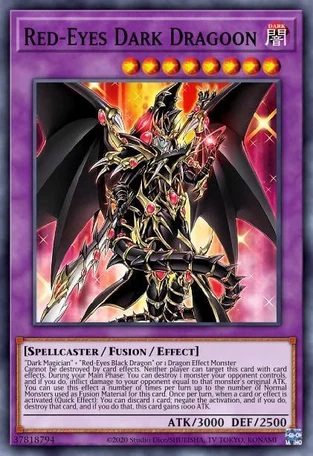
Red-Eyes Dark Dragoon is an absolutely terrifying card. Thanks to a Link monster called ‘Predaplant Verte Anaconda’, you can summon it at any point as long as you have two monsters on your side of the field, and it acts as a towering behemoth that can negate any card effect once per turn in addition to being able to do a whole host of burn damage.
Oh, and did we mention that it cannot be destroyed by card effects or targeted by card effects?
Set Rotation
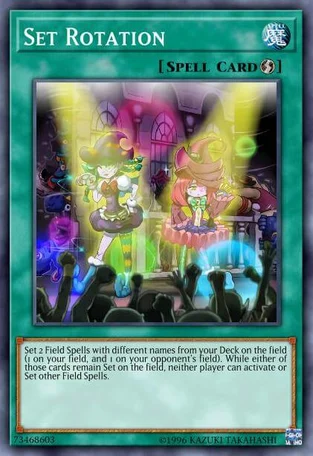
Set Rotation is an interesting one. It acts basically as a version of Terraforming that can place a field spell on either side of the field, but Terraforming is only limited.
What causes Set Rotation to be much more unbalanced overall is that it can place any field spell on your opponent’s side of the field, and makes it so neither player can activate new field spells unless both field spells have been activated.
The thing is, there are several field spells for specific archetypes that REQUIRE you to have a card in the archetype in your deck to activate, which means that your opponent cannot activate it, which means they can’t play any other field spells.
Royal Oppression
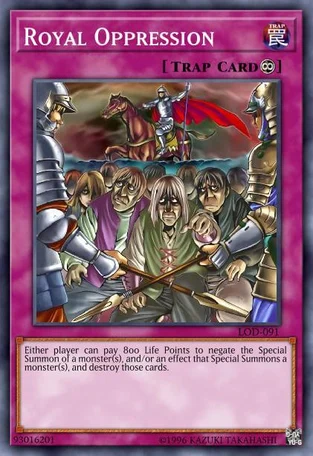
Royal Oppression is able to negate any special summon for a measly 800LP, and in a game where special summoning has become commonplace, that can just completely grind the game to a halt.
Redox, Dragon Ruler Of Boulders

Dragon Ruler was a format in which the existence of cards such as Redox, Dragon Ruler of Boulders (and another card on this list) meant that a player could easily make Rank-7 monsters, which are some pretty powerful cards.
What makes the Dragon Rulers even better is that there are many ways to special summon them, which led to this ban.
Sixth Sense
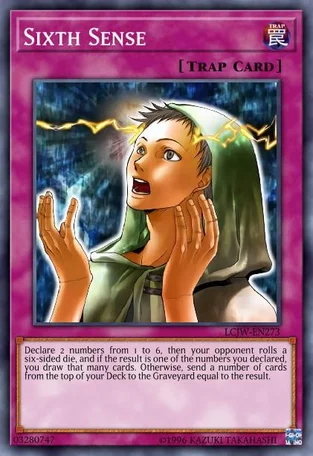
Sixth Sense has the potential to draw you up to six cards or send up to six cards to the graveyard, both two effects that afford a lot of advantage to whoever activates the card itself.
Self-Destruct Button
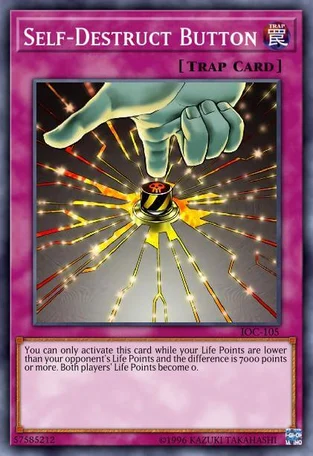
Yu-Gi-Oh and Konami REALLY don’t like cards that can result in a tie or cause bad sportsmanship, and that’s basically all Self-Destruct Button represents.
Soul Charge
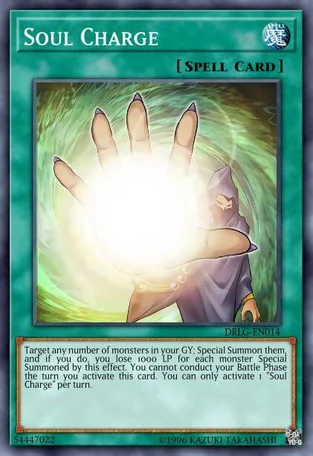
Look. Monster Reborn was banned for quite a while, so having a card that acts as five different Monster Reborns for a cost of 1000LP per summon in a game where your LP only matters when the number is 8000 or 0 is quite overpowered.
Snatch Steal
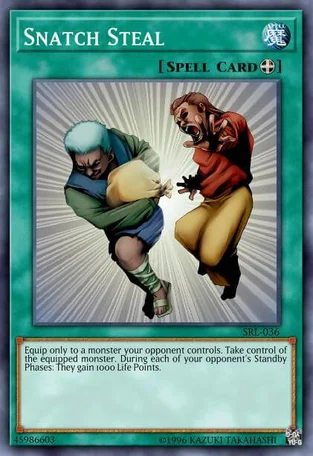
Snatch Steal is another card banned for the sins of something else, this time a card called ‘Hidden Armory’.
Hidden Armory is able to search any equip spell, and since Snatch Steal was actually banned for a while before being unbanned in 2014, it was always on the edge of staying legal. The release of Hidden Armory just accelerated the rebanning.
Substitoad
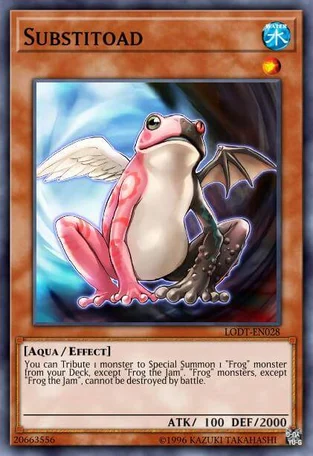
Substitoad is similar to Mind Master in that it allows you to summon a specific type of monster to your side of the field through tributing (this time, Frog monsters) and can lead to some extremely ridiculous situations involving Toadally Awesome, hence the ban.
Tellarknight Ptolemaeus
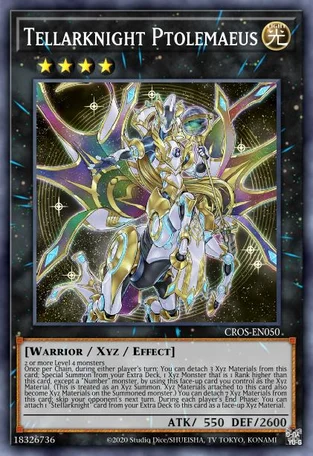
Tellarknight Ptolemaeus is an example of a card banned because it was very poorly designed. It allows you to make any rank 5 monsters on your opponent’s turn, and with cards such as the already mentioned Outer Entity Azathot and Cyber Dragon Infinity in existence, it’s not a card that can ever be unbanned in the Master Duel format.
Tempest Magician
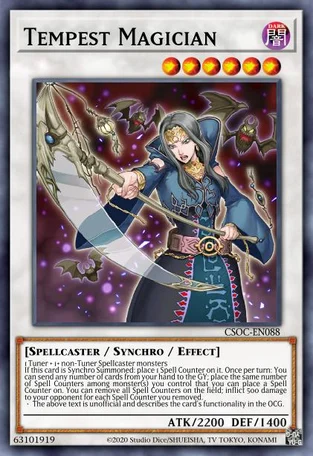
Tempest Magician is banned due to it being able to cause an OTK, as it can inflict 500 damage to your opponent for every spell counter on the field. It can also place spell counters on a monster just by discarding a card, and as you can imagine, it’s not really that hard to get sixteen spell counters on the field at any one time.
The Forceful Sentry
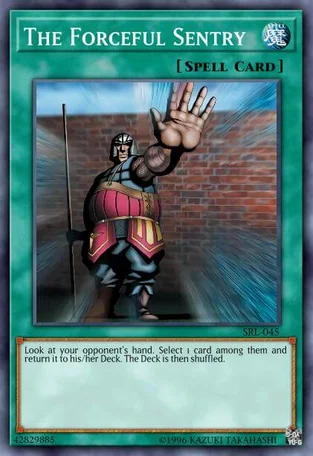
The Forceful Sentry is banned due to giving you too much knowledge of your opponent’s hand and allowing you to take any card out of their hand.
Summon Sorceress

Summon Sorceress has the ability to summon any monster from your deck and was banned due to the fact that it caused multiple different combos and FTK strategies. It also made extra-linking a lot easier back when that mattered a lot more, and thus was banned in an attempt to make the game more interactive.
Topologic Gumblar Dragon
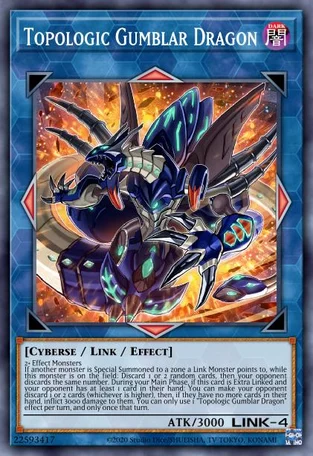
Topologic Gumblar Dragon is yet another example of a card that can get rid of your opponent’s hand, except this is able to destroy your opponent’s entire hand thanks to shenanigans during the game. It can also cause burn damage in rare cases but was mainly banned due to the discard effect it has and how easy it is to summon.
True King of All Calamities
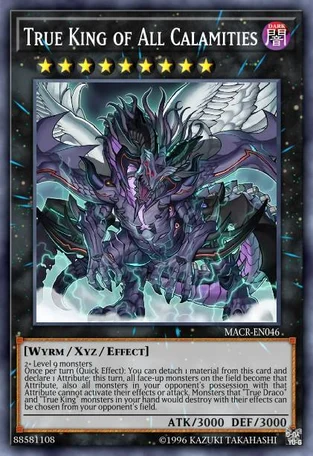
True King of All Calamities (sometimes referred to as VFD) is another floodgate card that, despite awkward level restrictions, people keep finding ways to easily summon. Since it can completely lock your opponent out of using monsters due to the quick effect on the card, it was banned in an attempt to make the game more fun and interactive.
Trap Dustshoot
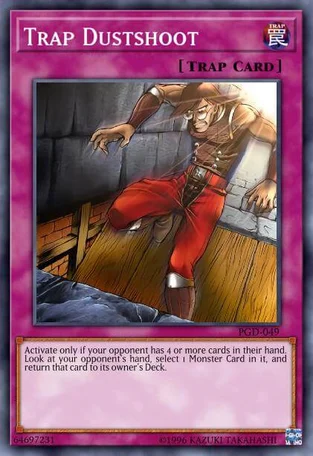
Trap Dustshoot allows you to rip a card out of your opponent’s hand and send it back to the deck, while also giving you knowledge of their hand. Hand knowledge is a pretty powerful thing in Yu-Gi-Oh, hence the ban.
Time Seal
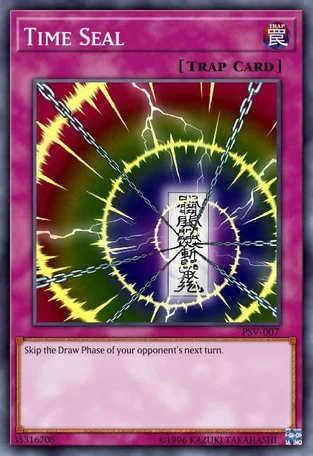
Time Seal skips your opponent’s entire draw phase, need we say more?
The Tyrant Neptune
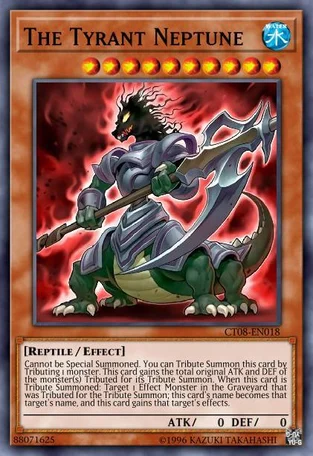
The Tyrant Neptune is another sad example of a card banned for the sins of a different card. Neptune gains the effects of the card that was tributed to make it, and a fusion monster called ‘Lyrilusc – Independent Nightingale’, which is summonable by Instant Fusion has an effect that allows you to ‘inflict damage to your opponent equal to this card’s level X 500’.
This alone isn’t great, but then you considered the fact that The Tyrant Neptune is a ten-star monster. This means it can do 5000 points of burn damage, which is why it was banned and will never come back.
Toon Cannon Soldier
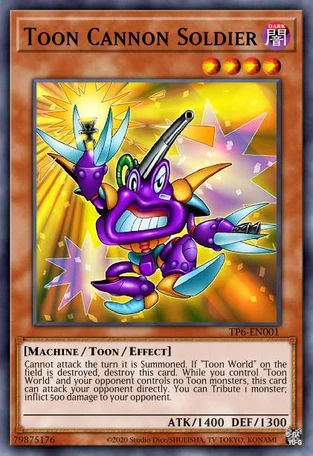
Toon Cannon Soldier has the exact same effect as Cannon Soldier and was banned due to that fact. It’s also way more searchable than the original, thanks to how many different Toon cards exist to find ways to get the card into your hand or on the field.
Tidal, Dragon Ruler of Waterfalls
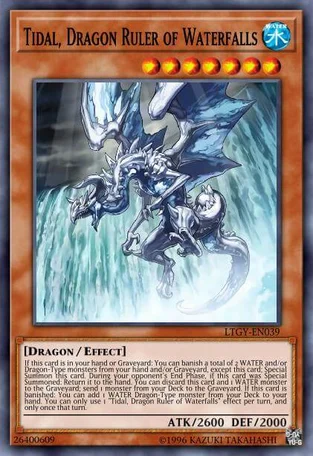
Tidal, Dragon Ruler of Waterfalls is banned for the same reasons as Redox. It’s easy to summon, easy to abuse, and existed in a format that wasn’t very pretty to play unless you were specifically playing a Dragon Ruler deck.
Toadally Awesome
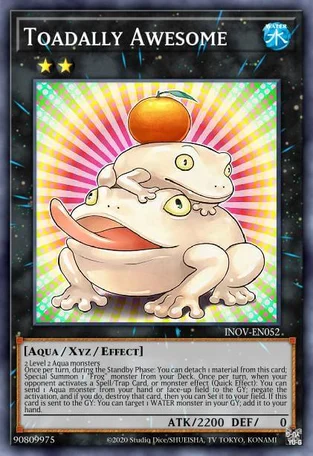
Toadally Awesome is banned due to the ability of ‘Bahamut Shark’ to cheat it out, and have it act as basically a free overall negate.
Union Carrier
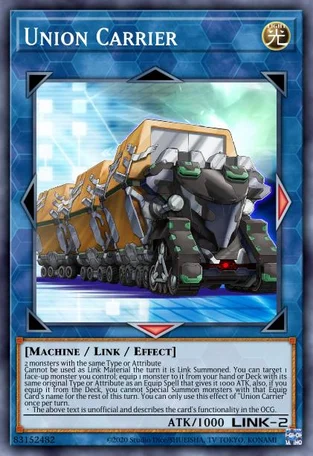
Union Carrier is banned due to the fact that it’s a pretty generic card, able to be made by any two monsters of the same type or attribute. It can attach any 1 monster from your deck to another face-up monster on the field as long as they share a type or attribute.
The reason why this is important is that there’s a card called ‘Dragon Buster Destruction Sword’ which reads ‘While this card is equipped to a monster, your opponent cannot special summon monsters from the extra deck.’ As you can imagine, things get unfair quickly when this card is in play.
Ultimate Offering
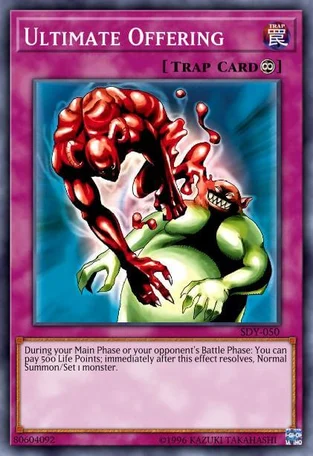
Ultimate Offering makes it so that you can normal summon an infinite amount of times a turn. Shouldn’t take a genius to understand why this is so broken.
Vanity’s Emptiness
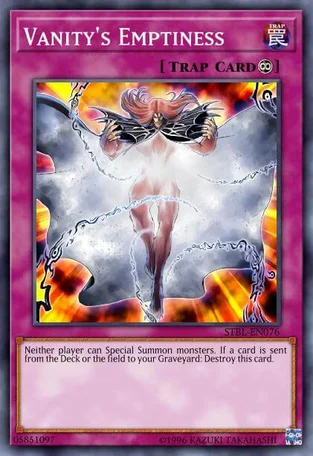
Vanity’s Emptiness stops both players from special summoning. What makes this a particularly irritating card is that the player that activated this card can get rid of it simply by sending a card from the deck or field to the graveyard, thus causing it to serve as a one-sided floodgate.
Wind-Up Hunter
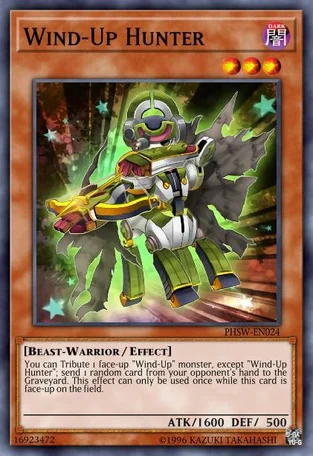
Wind-Up Hunter is a card that is easily abusable simply by resurrecting it from the graveyard repeatedly. The effect isn’t a hard once per turn, which means that you can constantly take cards from your opponent until they start with absolutely nothing.
Zoodiac Broadbull
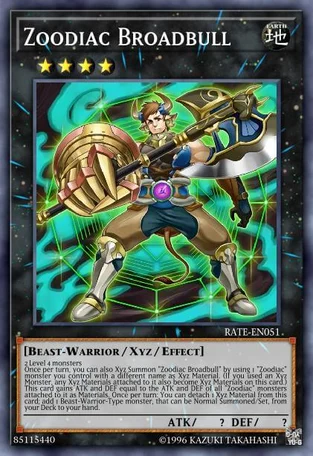
Zoodiac Broadbull is a non-hard once per-turn that’s extremely easily summonable and can search any beast-warrior type monster that can be normal summoned, and was banned due to being able to activate multiple times per turn.
Yata-Garasu
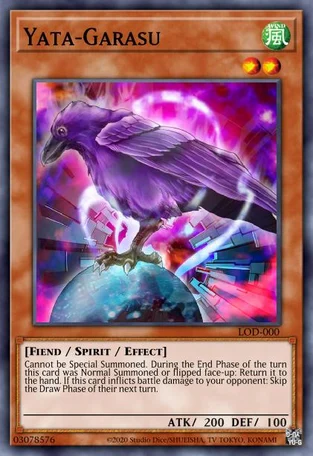
Yata-Garasu is a legacy ban from years ago that is only still banned due to a collective trauma memory of the card. It prevents your opponent from drawing during their draw phase and was originally used in combination with hand destruction techniques to stop your opponent from playing the game.
Zoodiac Ratpier
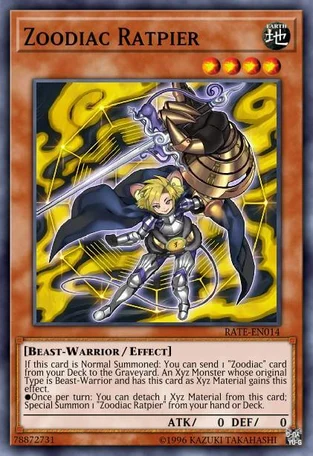
Zoodiac Ratpier is a recursive card that can summon itself from the deck and isn’t a once-per-turn. In an archetype where you make XYZ monsters using only one monster, this means you can do a ridiculous amount of combos. This also means that you can activate Ratpier’s effect multiple times per turn.
Zoodiac Barrage

Zoodiac Barrage is banned due to the ability it has to destroy any card on your side of the field before bringing out any Zoodiac monster from the deck. As indicated by several other entries on this ban list, Zoodiac cards are pretty powerful, and this just makes it even more powerful as an archetype.
Instant Fusion
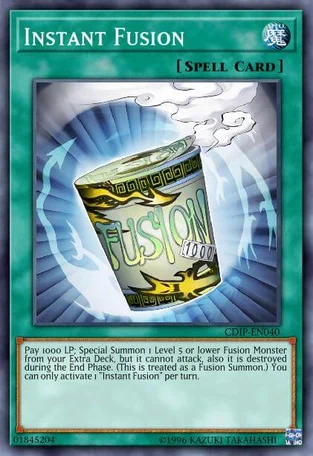
Instant Fusion is a powerful card that has been on and off both the OCG and the TCG ban lists for a while now, but now Master Duel has also banned the card. What Instant Fusion allows you to do is pay 1000LP to special summon any level five or lower fusion monster from your extra deck.
This used to be used for fun tribute summon plays, or very occasionally for bigger extra deck summoning plays, but as time went on, more and more broken extra deck cards kept being printed.
This led to Instant Fusion becoming a pretty massive problem card, and it caused a lot of FTK/OTK situations, so banning it was the only reasonable decision.
And that’s every banned card in Yu-Gi-Oh Master Duel! Hopefully, our breakdown has allowed you to understand exactly why certain cards are banned from the game, how some cards work together to create unfair circumstances, and what cards might come back from beyond the pale one day.
Yu-Gi-Oh is a fairly complicated game at times, and it’s one of the few TCGs to have a ban list this detailed and in-depth, so make sure you keep coming back as new cards are banned and we dive deeper into why they had to go from the game!

